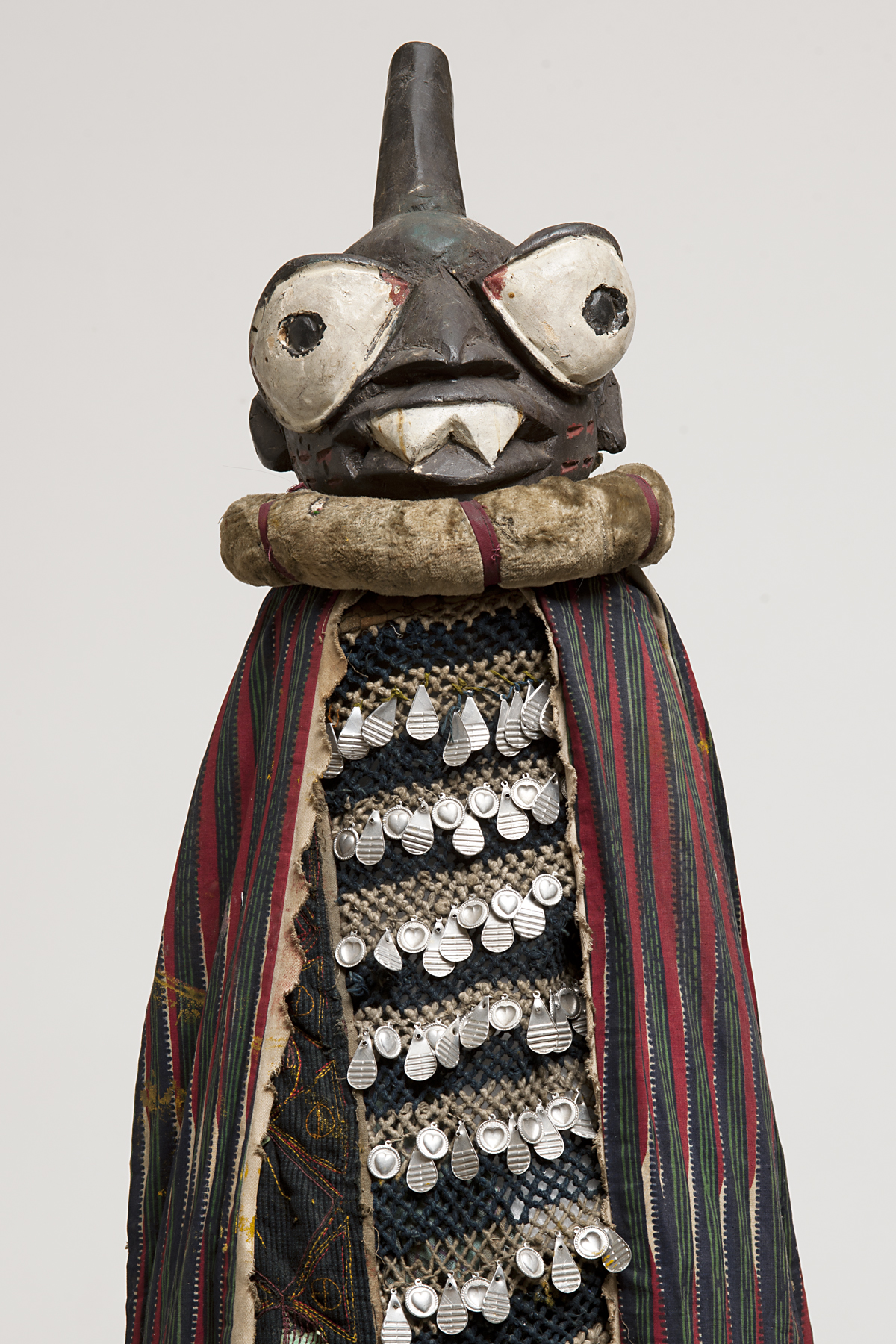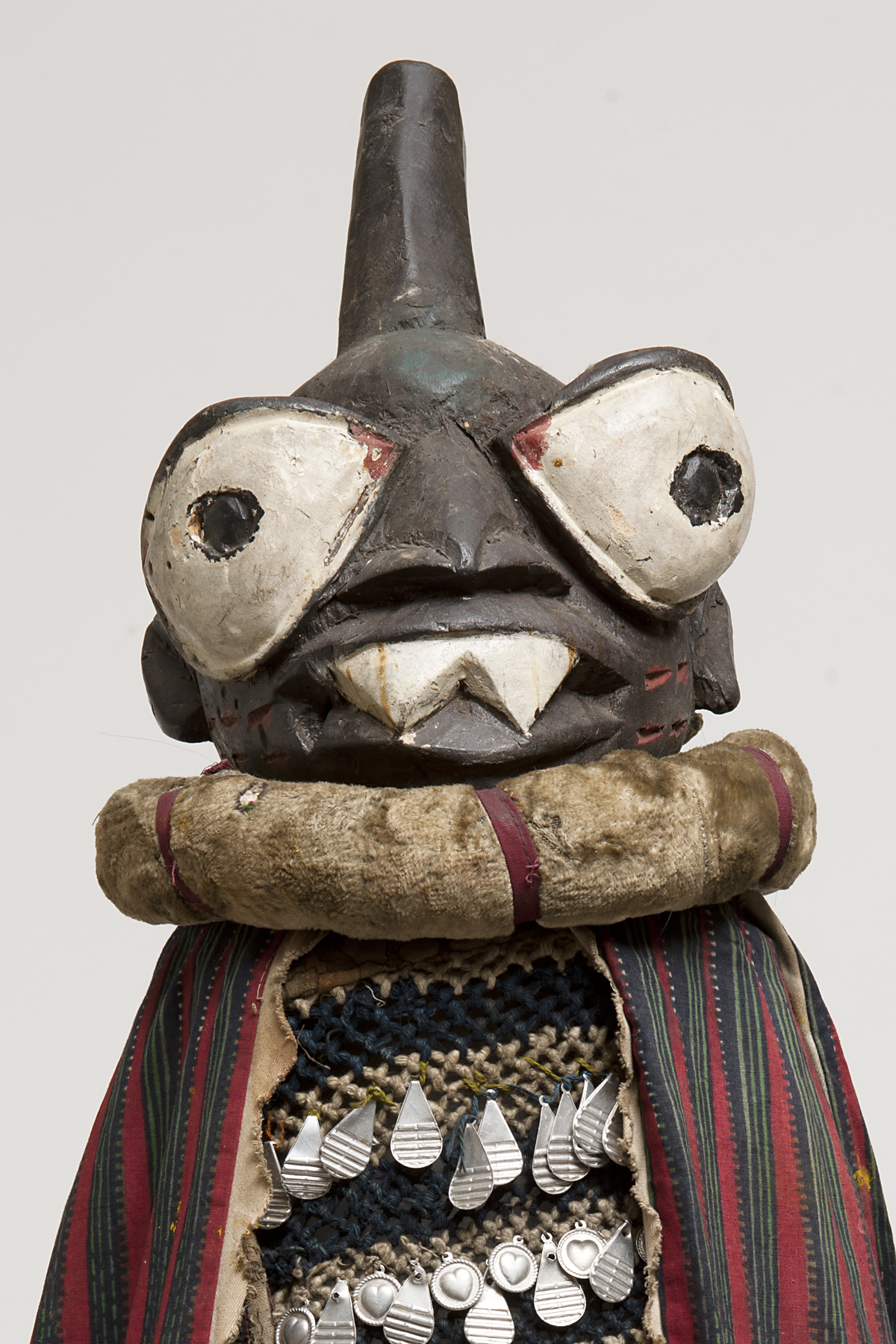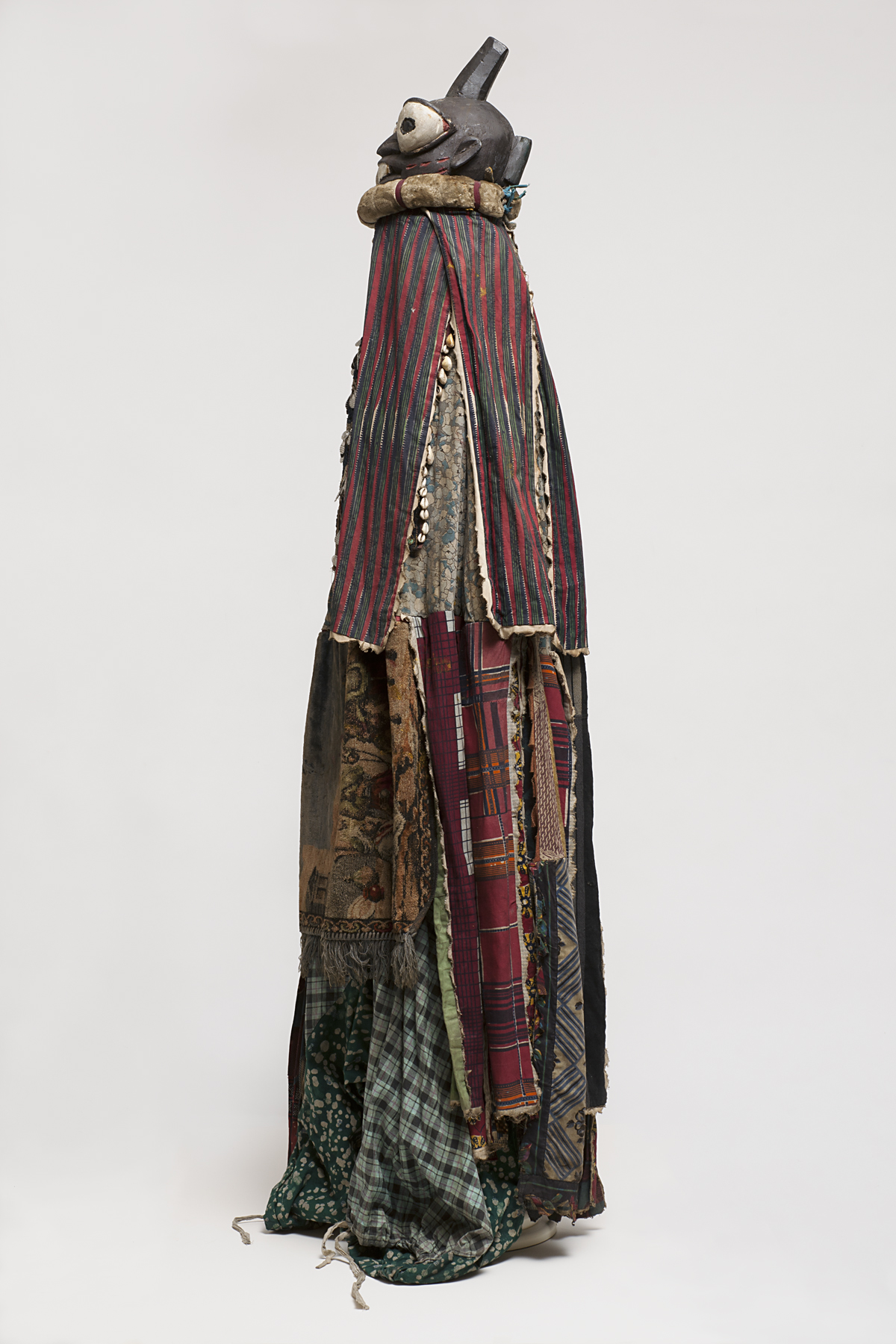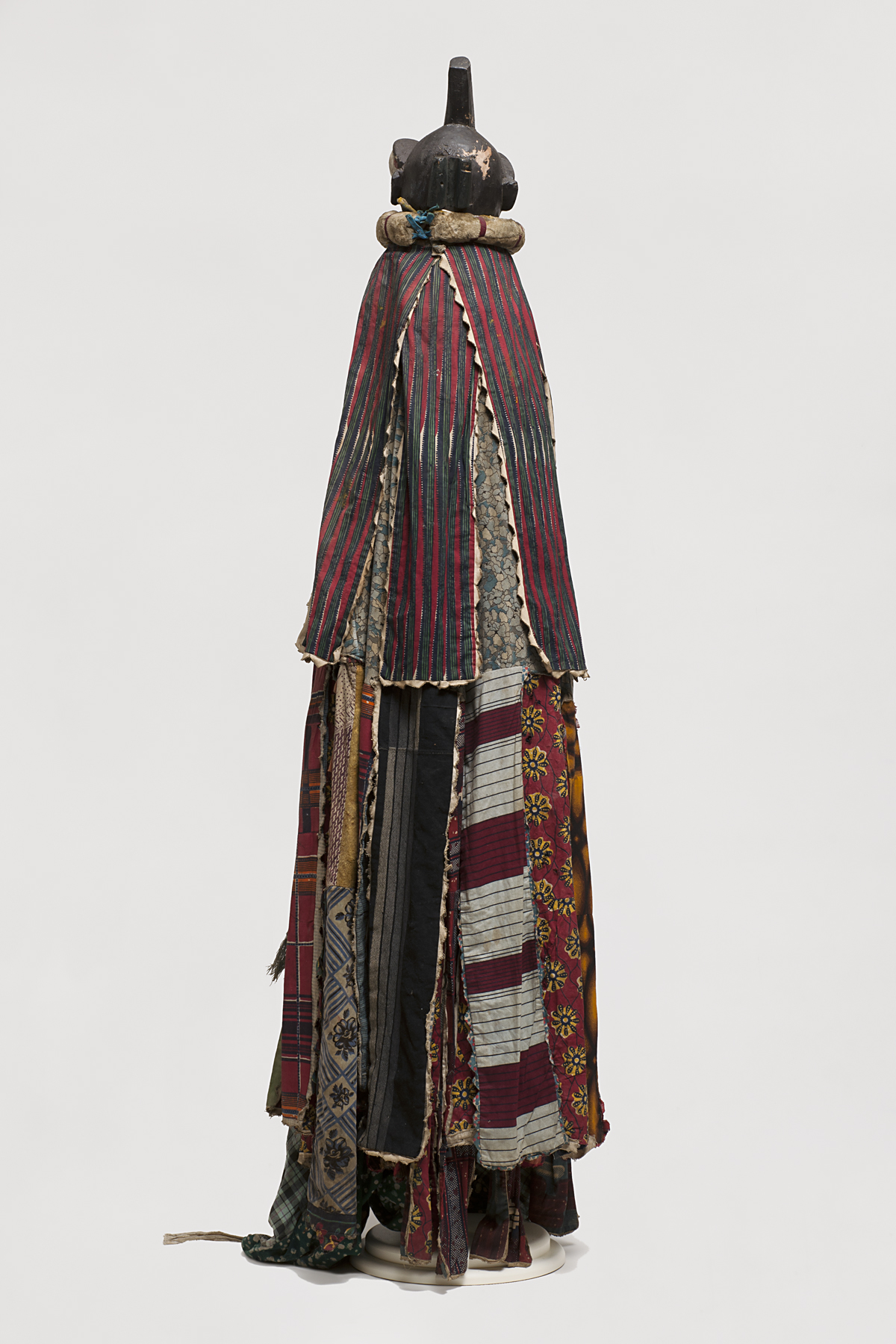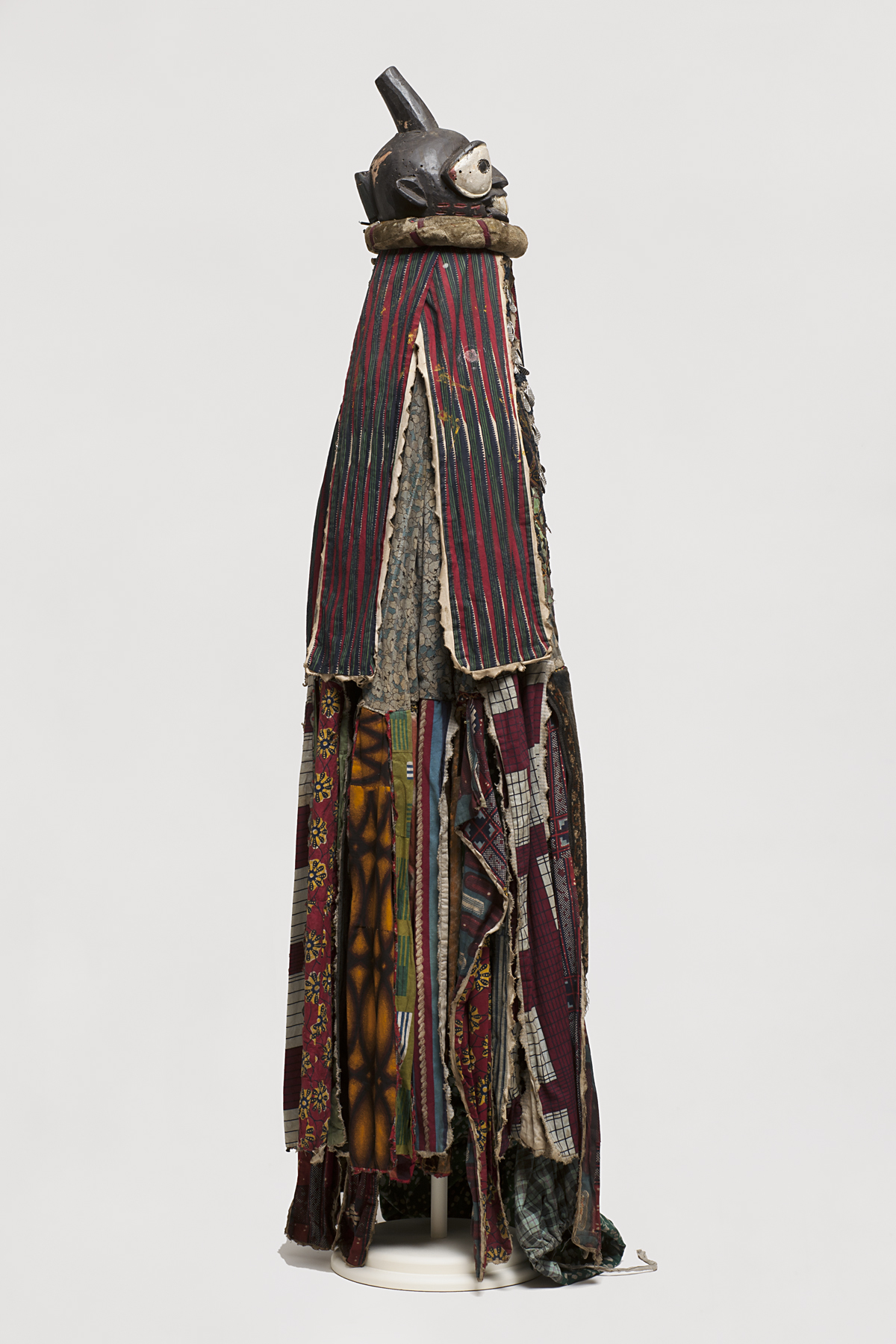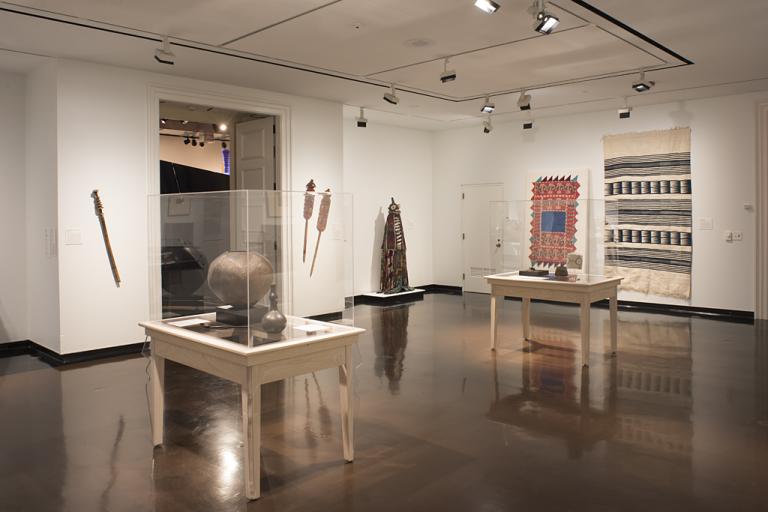egungun mask, unrecorded Oyo artist
Artwork Overview
unrecorded Oyo artist, artist
egungun mask,
late 1950s
Where object was made: South Oyo ?, Nigeria
Material/technique: dyeing; leather; carving; yarn; staining; cloth; velvet; paint; embossing; cowrie shell; wood; metal; embroidering; weaving
Dimensions:
Object Height/Diameter (Height x Diameter): 188 x 51 cm height includes pants
Object Height/Diameter (Height x Diameter): 74 x 20 1/16 in
Object Height/Diameter (Height x Diameter): 188 x 51 cm height includes pants
Object Height/Diameter (Height x Diameter): 74 x 20 1/16 in
Credit line: Gift of Mr. and Mrs. H. Kenneth Palmer
Accession number: 2007.3167
Not on display
If you wish to reproduce this image, please submit an image request

